
Paddle Boarding Wetsuits
Sometimes, all you’ll need is trunks and sunglasses for an afternoon out on your paddle board. If you plan to extend your paddling season, even if you live in warmer climates, a wetsuit is nice to have on hand. It’d sure be a bummer to carve the time out of your busy day to hit the water, only to find that ten minutes is all you can handle due to the chill!
Since you won’t be spending much time in the water when paddling, the warmest suit on the market won’t be necessary. In fact, a suit that’s too thick will actually make you way to warm since you’ll be working up a sweat with each stroke. Look for a suit that’s designed for temperatures slightly warmer than you plan to be in.
Wet Suit Thickness
First off, what sort of air and water temperature will you be paddling in most? For water temperatures between 55° and 64°, a 3/2mm thickness will be sufficient. Short sleeves are also an option at this thickness, which would also be ideal for 55° plus days. Many paddlers prefer the shorter sleeve suits for increased upper body range of movement. Also, take into account the air temperature and wind conditions when choosing a wetsuit thickness.
If you’re truly paddling in year round climate in a true four season area, then you’ll definitely need a winter suit, 5/4/3mm or 6/5/4mm, for the coldest months. If you find that 6mm cold water suits restrict your movements too much, you might want to look into a drysuit. You’ll also need booties or water shoes, a hood and gloves. For such avid paddlers, two wet suits would cover your bases – the thickest suit for the winter and a short sleeve spring suit. If you’re not quite ready to sign up for paddling the North East in December, but you’d like to head out in April, booties and/or a hood are a great addition to a spring suit. They’ll add a hair more warmth that will do the trick.

Rash Guards
Most people are familiar with the lightweight rash guards that protect surfer’s chests from rubbing on the board. Less common, but very practical for paddle boarding are rash guards made with neoprene, the same material used for wet suits. Again, a 3/2mm would be a nice weight for spring paddling. Rash guards are a less expensive alternative when there’s a chill in the air, but it’s not quite cold enough for a full wet suit.
Conclusion
New wetsuit technology has resulted in more flexible and warmer suits than suits from the 90’s. In some cases, people can actually go down in wet suit thickness. Any new wetsuit will yield enough flexibility for full range of movement when paddling. Although wet suits aren’t essential for every paddler, they certainly will extend your season and make for more comfortable days on the water.
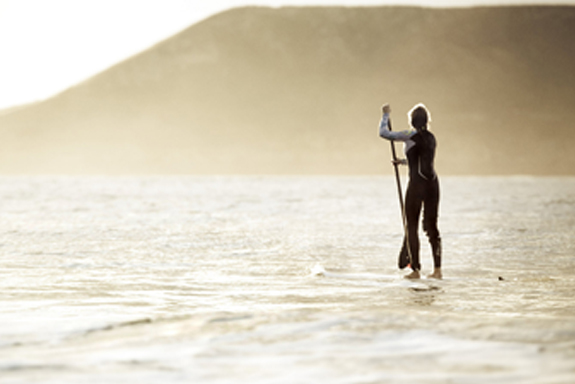


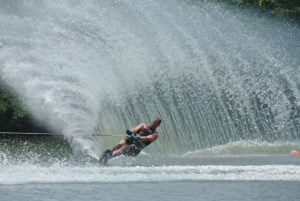
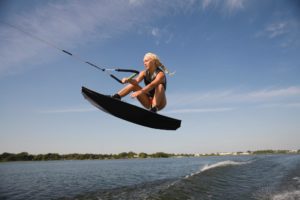
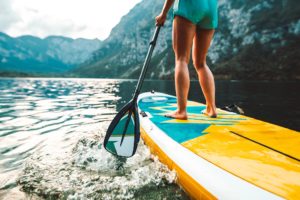
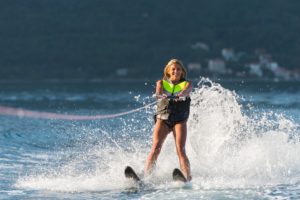

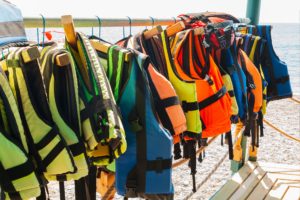
I am interested in buying a good paddle boarding wet suit for a friend. The only problemk is I don’t know her size. Can I get a gift certificate?